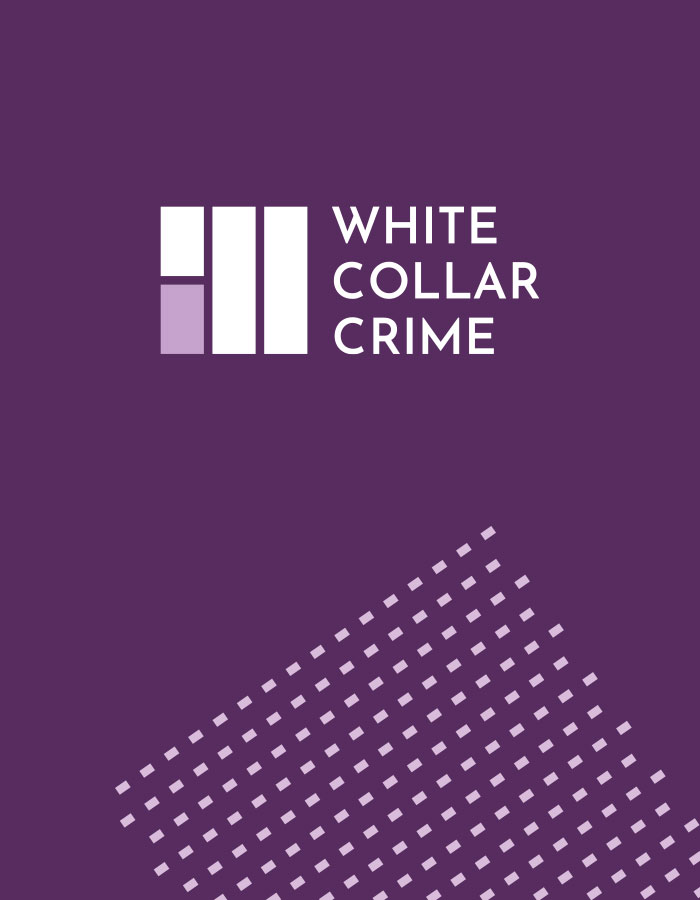Speed read: An examination of the decision of the Hon. Mr Justice Birss in JSC Mezhdunarodniy Promyshlenniy Bank and another v Pugachev [2017] EWHC 2426, which represents the latest in the long running Pugachev dispute. In this case, Mr Justice Birss considered the effect of five New Zealand established trusts set up by Mr Pugachev and, specifically, whether the trusts were shams. Natasha Reurts explores whether the reasoning adopted by Mr Justice Birss could be applied by UK criminal courts to expose sham trust arrangements.
Background
The background and facts of the case make for very interesting reading. The essential details can be distilled as follows. Mr Pugachev founded the Russian Mezphrom Bank (First Claimant) in 1992. Following the 2008 global financial crisis, the Russian bank entered into insolvent liquidation in late 2010. The Deposit Insurance Agency (‘DIA’, and second claimant) liquidated the bank and claimed that it was owed the sum of RU 76.6billion (in excess of US $1bn) by Mr Pugachev. In 2008, Mr Pugachev began a relationship with Ms Alexandra Tolstoy, the daughter of Count Nikolai Tolstoy and Georgia Tolstoy, relatives of Leo Tolstoy. Together, Mr Pugachev and Ms Toltstoy have three children. Mr Pugachev has two elder sons from a prior relationship with Mrs Pugachev, to whom he still remained legally married. In 2011, criminal investigations into the collapse of the bank were commenced in Russia. Mr Pugachev fled Russia and currently resides in a chateau in France. It is the collapse of the bank that prompted the long running litigation. This latest decision considers the claimants application.
Between 2011 and 2013, Mr Pugachev – under the guise of providing for the future of his children – arranged for five discretionary trusts to be established. These trusts were: the London Residence Trust, the Kea Three Trust, the Riviera Residence Trust, the Wiltshire Residence Trust and the Green Residence Trust (together, ‘the trusts’). The trusts property comprised substantial and valuable property, except for the Wiltshire Residence Trust which held money (in cash form) intended to purchase a property in Wiltshire, UK.
All the trusts were set up in New Zealand by Mr Patterson, a New Zealand solicitor who also acted as a trustee for each of the trusts. The trusts had a further trustee, either Ms Dozortseva, a former employee of the Mezphrom Bank and trusted friend of Mr Pugachev, or Mr Leichti, an employee of the Pugachev family office. Both Ms Dozortseva and Mr Leichti were regarded by Mr Pugachev as nominees who acted on his instruction. The discretionary beneficiaries of the trusts were expressed to be Mr Pugachev, Ms Tolstoy (later removed) and the children of Mr Pugachev. Mr Pugachev himself was appointed as First Protector of the trust and upon ‘a disability’, his eldest son Victor Pugachev (also found to be a nominee for his father) assumed the position as the trust protector.
The Claim
The claimants contended that the beneficial interests in the trusts belonged to Mr Pugachev, and as such, sought orders from the High Court requiring the assets in the trusts to be vested in the claimants or, alternatively, in such persons or a receiver as deemed fit by the court. To achieve this aim, the claimants advanced the following three arguments: first, that the ‘true effect of the trusts’, properly construed, was not effective to deprive Mr Pugachev of his beneficial ownership; second, that the trust were shams, and the third claim, brought in the alternative, that by virtue of section 423 of the Insolvency Act 1986, the transfers of the property constituting the trust property was carried out in prejudice to the interest of Mr Pugachev’s creditors, including the claimants. In light of Mr Justice Birss’ findings in relation to the first and second claims, it was not necessary to consider this third line of argument.
For the purposes of this case note, it is worth examining the first of the claimant’s claims (the ‘true effect of the trust’ claim) and consider whether criminal courts in the UK could also apply such a construction to expose sham trust arrangements in criminal cases.
A Matter of Construction – the ‘True Effect of the Trust’
The claimants’ submission was that on a proper construction of the trust deeds, and a proper application of the law to them, they did not create valid trusts whereby Mr Pugachev had divested himself of control of the assets. Instead, the trusts were bare trusts for the benefit of Mr Pugachev. The essence of the claim turns on a consideration of the trust deeds themselves and on Mr Pugachev’s role as First Protector. Noting, however, that in this case Mr Pugachev was also the ‘true’ settlor of the trust and a discretionary beneficiary – which in effect enabled him to make a distribution to himself.
Mr Justice Birss found that the powers conferred on Mr Pugachev were purely personal (and not fiduciary, as contended by the Defendants). Powers of such a nature enabled Mr Pugachev to make decisions, in accordance with the trust deed, in his own best interests as opposed to the best interests of the discretionary beneficiaries as a class. Examples of these powers included the ability to remove and replace trustees with or without cause, to veto all major decision of the trustees’ and add or remove other discretionary beneficiaries – which, in effect could mean that Mr Pugachev was able to position himself as the sole discretionary beneficiary under the trusts. A finding that the powers conferred on the protectors were fiduciary or could be exercised in furtherance of the purposes of the trust in circumstances where that purposes is to in the best interest of the beneficiaries as a class would have resulted in a different conclusion by the Court.
Mr Justice Birss found the first impression created by the trusts deeds to be a powerful factor in the defendant’s favour as at first glance, the trusts were set up for a well-defined class of discretionary beneficiary (members of Mr Pugachev’s family) with an ostensibly independent trustee and ‘elaborate provision’ outlining the trustees powers.[1] Ultimately, however, taking into account the above factors, a
‘true construction of these trust deeds is that the power conferred on Mr Pugachev as First Protector are conferred to be exercised freely for his own benefit. Or put another way, considered objectively, the powers are personal powers conferred to give the Protector the ability to act in his own best interest. They are not constrained by a consideration of the interest of the Discretionary Beneficiaries as a class’. [2]
In short, the true effect of the trusts deeds in this case was to allow Mr Pugachev to retain his beneficial ownership in the trust property.
Application by criminal courts?
Sham trust arrangements are not an uncommon sighting in UK criminal courts and the law on sham trusts is well established. However, the difficult and dense case law surrounding sham trusts and the requirements to scrutinize the true intentions of the parties can make for difficult application. Can the ‘true effect of the trust’ analysis adopted by Mr Justice Birss in Pugachev provide an alternative, and easier, formulation for criminal courts to adopt in order to strike at sham trust arrangements? Perhaps so. Mr Justice Birss’s analysis returns the same result without having to rely solely on the intentions of the parties and instead turns on a combination of an examination of intention and on interpretation and proper construction of the trust deeds.
In this case, Mr Justice Birss held that if the interpretation of the trust deeds was wrong (i.e. that they did divest Mr Pugachev of his beneficial ownership in the trusts) then, on an examination of the intentions the trust instruments were shams had no effect in law. Mr Pugachev’s intention, it was found, was “not to cede control of his assets to someone else, it was to hide his control of them.” [3] UK criminal courts could, as in this case, return to the ‘sham trust’ framework as a secondary analysis of the matter before them failing a ‘true effect of the trust’ claim.
Mr Justice Birss’s judgment is a welcome addition to the case law in this area and the decision adopted by Mr Justice Birss on the ‘true effect of the trusts’ claim is likely to be embraced by the UK criminal courts, especially in confiscation cases following conviction, as an easier method of analysing trust arrangement coming before them.
[1] Paragraph 266
[2] Paragraph 267
[3] Paragraph 424







